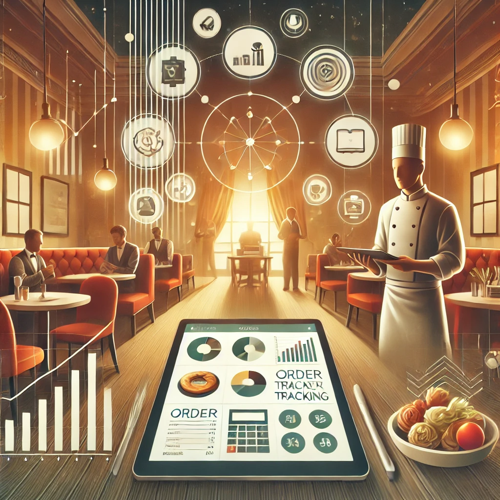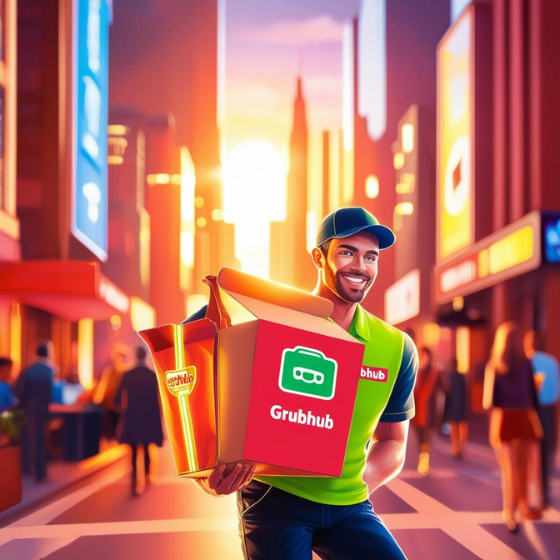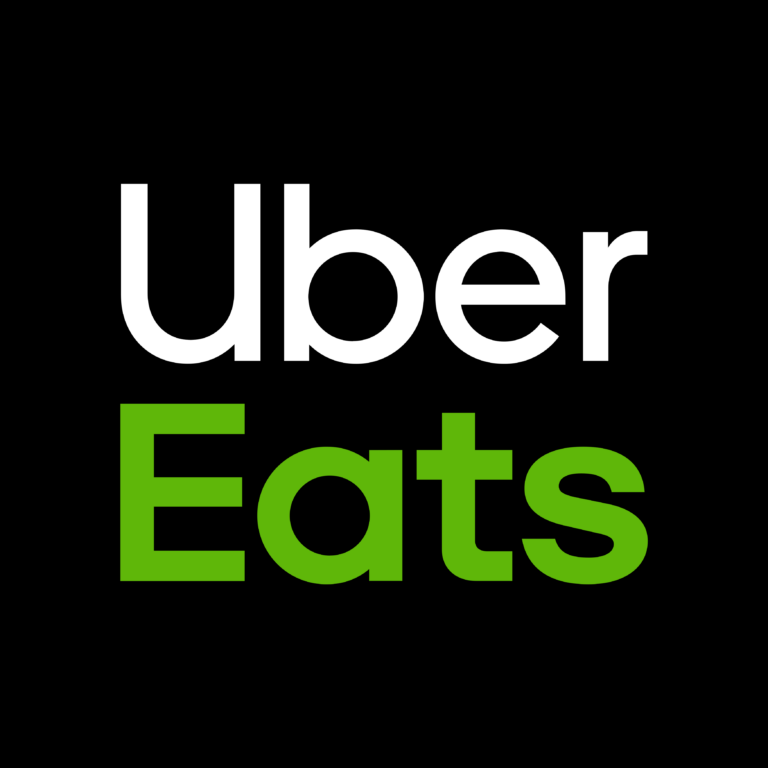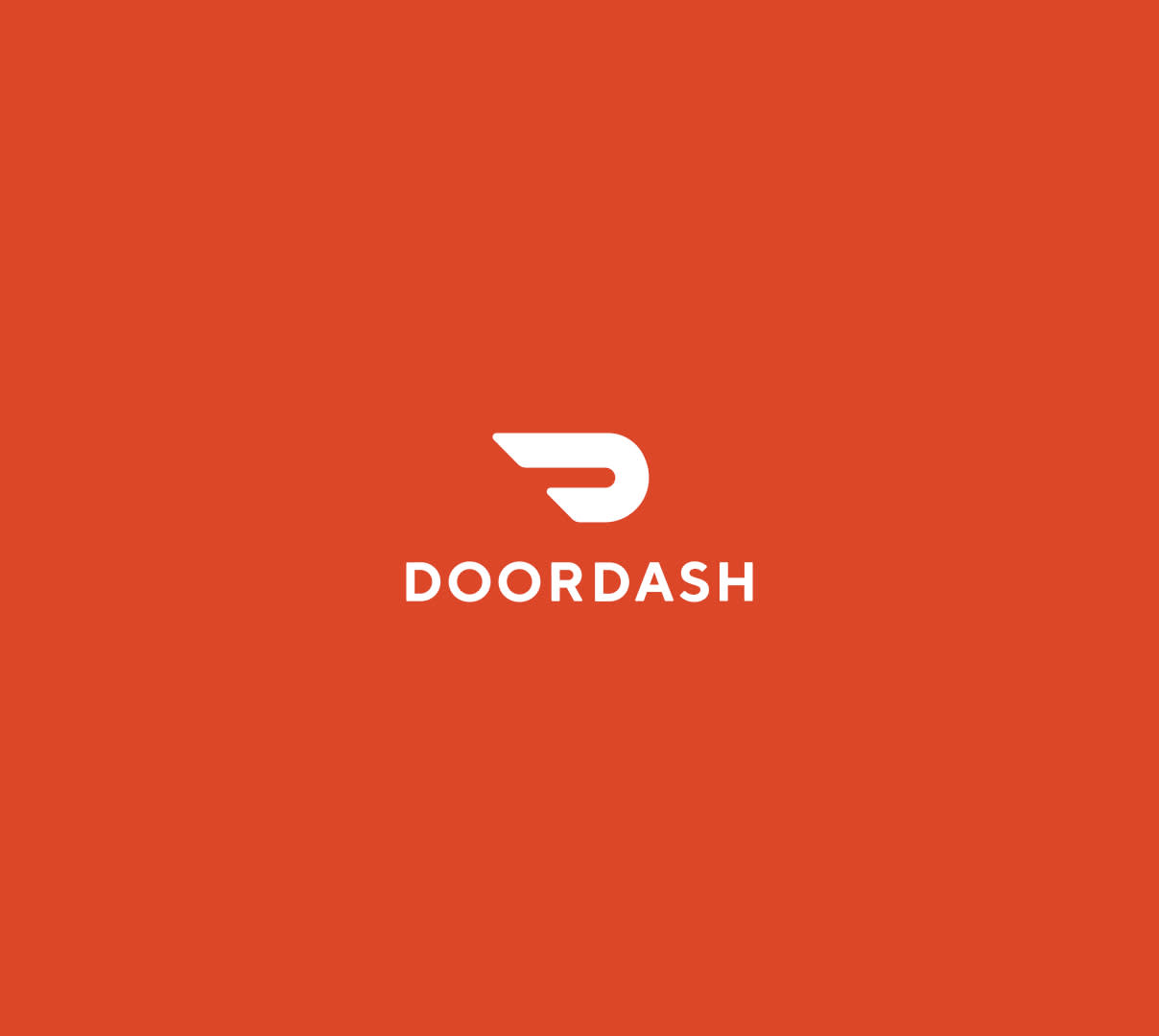In the fast-paced restaurant industry, efficiency is key. Managing inventory, scheduling staff, tracking sales, and ensuring customer satisfaction can be overwhelming without the right tools. This is where restaurant management software comes into play. With the right features, these systems can transform operations, streamline workflows, and boost profitability.
In this blog, we’ll explore the essential features every restaurant management software should have, providing insights on why these tools are critical and how platforms like Tablo can revolutionize your restaurant’s operations.
Why Restaurant Management Software is Vital
Running a restaurant involves juggling multiple tasks simultaneously, from ensuring smooth order processing to maintaining inventory levels. Traditional methods, like spreadsheets or manual tracking, are time-consuming and prone to errors.
With restaurant management software, you gain access to a centralized platform that automates processes, provides real-time insights, and enhances decision-making.
Essential Features Every Restaurant Management Software Should Have
1. Integrated Point-of-Sale (POS) System
A seamless POS system is the backbone of any restaurant management software. It handles orders, processes payments, and ensures smooth communication between the front-of-house and back-of-house teams.
Key Benefits:
- Order Accuracy: Eliminates errors in manual order-taking.
- Payment Flexibility: Accepts multiple payment methods, including credit cards, digital wallets, and contactless payments.
- Data Insights: Tracks sales trends and customer behavior.
How Tablo Helps:
Tablo’s integrated POS system ensures that orders are processed efficiently and payments are handled securely, creating a seamless dining experience for customers. Discover Tablo’s features here.
2. Real-Time Inventory Management
Inventory mismanagement can lead to stockouts or wastage, affecting your bottom line. An advanced inventory management feature tracks stock levels in real time, ensuring you’re always prepared.
Key Benefits:
- Tracks usage patterns to avoid overstocking or understocking.
- Sends alerts for low stock levels, enabling timely reordering.
- Reduces waste by optimizing inventory turnover.
How Tablo Helps:
Tablo’s real-time inventory tracking system helps restaurant owners monitor stock levels, predict shortages, and minimize waste.
3. Staff Management and Scheduling
Managing staff schedules manually is time-consuming and often leads to inefficiencies. A good restaurant management software automates this process, considering employee availability, peak hours, and labor costs.
Key Benefits:
- Simplifies scheduling and avoids conflicts.
- Tracks attendance and performance.
- Improves staff productivity by optimizing shift allocation.
How Tablo Helps:
Tablo’s staff management tools streamline scheduling, helping restaurant owners save time while ensuring efficient operations.
4. Analytics and Reporting
Data-driven decisions are crucial for running a successful restaurant. Analytics and reporting tools provide insights into sales, customer preferences, and operational efficiency.
Key Benefits:
- Tracks revenue, expenses, and profitability in real time.
- Identifies high-performing menu items.
- Provides actionable insights for optimizing workflows.
How Tablo Helps:
With Tablo’s advanced analytics dashboard, restaurant managers can access detailed reports and identify trends that drive growth.
5. Customer Relationship Management (CRM)
Building strong relationships with customers is essential for repeat business. A CRM feature allows restaurants to manage customer data, track preferences, and run personalized marketing campaigns.
Key Benefits:
- Enables loyalty programs to reward frequent customers.
- Sends targeted promotions and offers.
- Tracks customer feedback to improve service quality.
How Tablo Helps:
Tablo’s CRM tools help restaurants engage with their customers, creating memorable dining experiences that foster loyalty.
6. Multi-Location Management
For restaurant chains or franchises, managing multiple locations can be complex. Multi-location management allows you to oversee operations from a centralized platform.
Key Benefits:
- Tracks inventory, sales, and staff performance across locations.
- Maintains consistency in service quality and menu offerings.
- Simplifies financial reporting and compliance.
How Tablo Helps:
Tablo’s multi-location management feature centralizes operations, making it easier to run multiple outlets seamlessly.
7. Online Ordering and Delivery Integration
With the rise of online ordering and food delivery, integrating these channels into your management software is a must.
Key Benefits:
- Streamlines order processing for dine-in, takeout, and delivery.
- Syncs with third-party delivery platforms like UberEats or DoorDash.
- Enhances customer convenience and satisfaction.
How Tablo Helps:
Tablo integrates with online ordering platforms, ensuring smooth order processing and accurate delivery tracking.
8. Contactless Dining Solutions
Post-pandemic, contactless technologies have become increasingly important. Features like QR code menus and contactless payments provide a safe and convenient dining experience.
Key Benefits:
- Reduces physical contact between staff and customers.
- Speeds up the ordering and payment process.
- Enhances customer safety and satisfaction.
How Tablo Helps:
Tablo’s contactless dining solutions, including QR code menus, offer a modern dining experience that aligns with today’s customer expectations.
How to Choose the Right Restaurant Management Software
While the features above are essential, selecting the right software requires careful consideration. Here are some tips:
1. Understand Your Business Needs
Identify your restaurant’s specific pain points—whether it’s managing inventory, streamlining order processing, or engaging with customers.
2. Look for Scalability
Choose software that can grow with your business, accommodating additional locations or features as needed.
3. Prioritize User-Friendliness
Ensure the platform is easy to navigate for both managers and staff to maximize adoption.
4. Evaluate Cost-Effectiveness
Compare pricing models to ensure the software fits your budget without compromising on essential features.
5. Consider Support and Training
Select a provider that offers robust customer support and onboarding resources to ensure smooth implementation.
Why Tablo is the Perfect Choice
Tablo stands out as a comprehensive restaurant management solution, offering all the essential features every restaurant management software should have.
Key Benefits of Tablo:
- Real-Time Inventory Management: Avoid shortages and reduce waste.
- Integrated POS System: Streamline order processing and payments.
- Advanced Analytics: Gain actionable insights to optimize operations.
- Scalable Solution: Ideal for single outlets and multi-location chains.
By choosing Tablo, you’re investing in a platform designed to simplify restaurant management while enhancing efficiency and profitability.
Conclusion
In today’s competitive restaurant landscape, having the right tools is essential for success. As we’ve explored in essential features every restaurant management software should have, platforms like Tablo offer the comprehensive solutions needed to streamline operations, reduce costs, and enhance customer experiences.
Ready to elevate your restaurant’s efficiency? Discover Tablo today and see how it can transform your operations.







